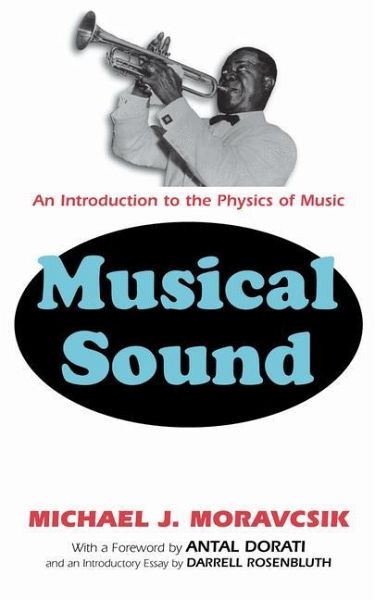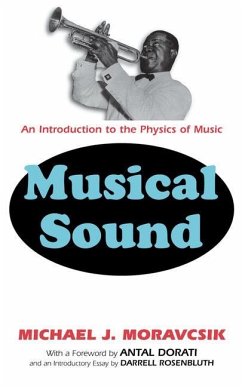
Musical Sound
An Introduction to the Physics of Music
Versandkostenfrei!
Versandfertig in 1-2 Wochen
77,99 €
inkl. MwSt.
Weitere Ausgaben:

PAYBACK Punkte
39 °P sammeln!
This text has been out of print since 1990; it was originally published by Solomon Press in 1987. Several experts in the field have verified that the information in the book remains constant; nothing has, or will, change in the basic science of musical sound. It explains the science of musical sound without the encumbrance of detailed mathematics. It will appeal to music lovers as well as students of music and students of physics. It can easily be promoted with our physics program.














